Understanding the Basics of Cloud Network Connectivity
Cloud network connectivity refers to the communication infrastructure that enables seamless interaction between cloud resources and on-premises systems. Given the distributed nature of cloud deployments, selecting the right network connectivity option is crucial for ensuring optimal performance, security, and cost-efficiency. This article explores various network connectivity options for cloud deployments, helping you make informed decisions for your specific use case.
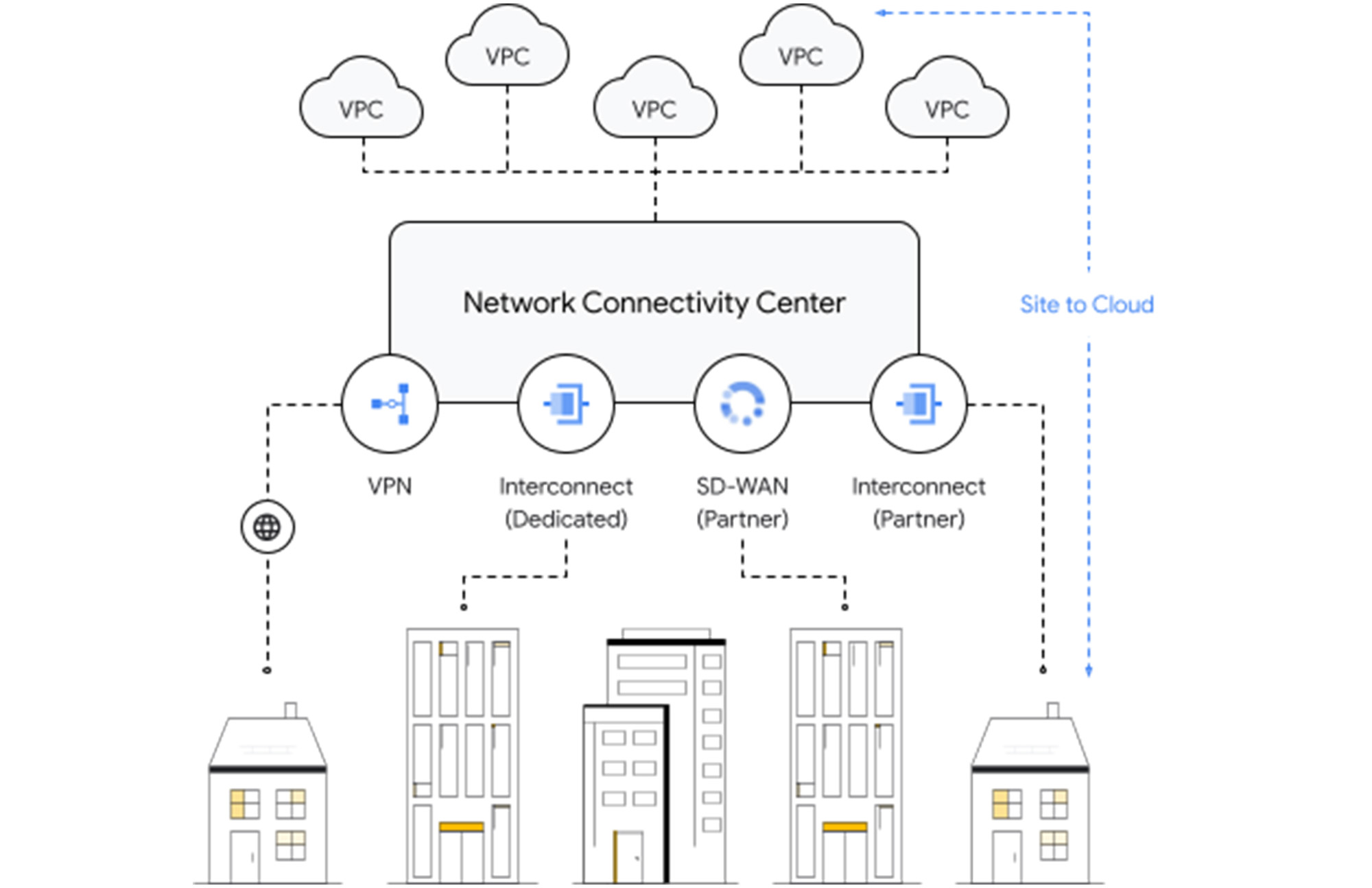
Virtual Private Network (VPN) Connections
Virtual Private Network (VPN) connections are a popular choice for securely connecting on-premises networks to cloud resources. VPNs create a secure, encrypted tunnel for data transmission, ensuring data privacy and integrity. By extending the on-premises network into the cloud, VPNs enable seamless communication between cloud resources and local systems.
VPNs offer several benefits, including cost-effectiveness and ease of implementation. Most cloud providers offer VPN services, simplifying the setup process and reducing the need for specialized knowledge or equipment. Additionally, VPNs can be easily scaled to accommodate growing network demands, making them a flexible solution for various use cases.
However, VPNs do have some limitations. For instance, they may introduce additional latency due to the encryption and decryption process. Moreover, VPN performance can be affected by the number of concurrent connections and the distance between the VPN gateway and the cloud resources. As a result, VPNs may not be the best option for applications requiring high bandwidth and low latency.
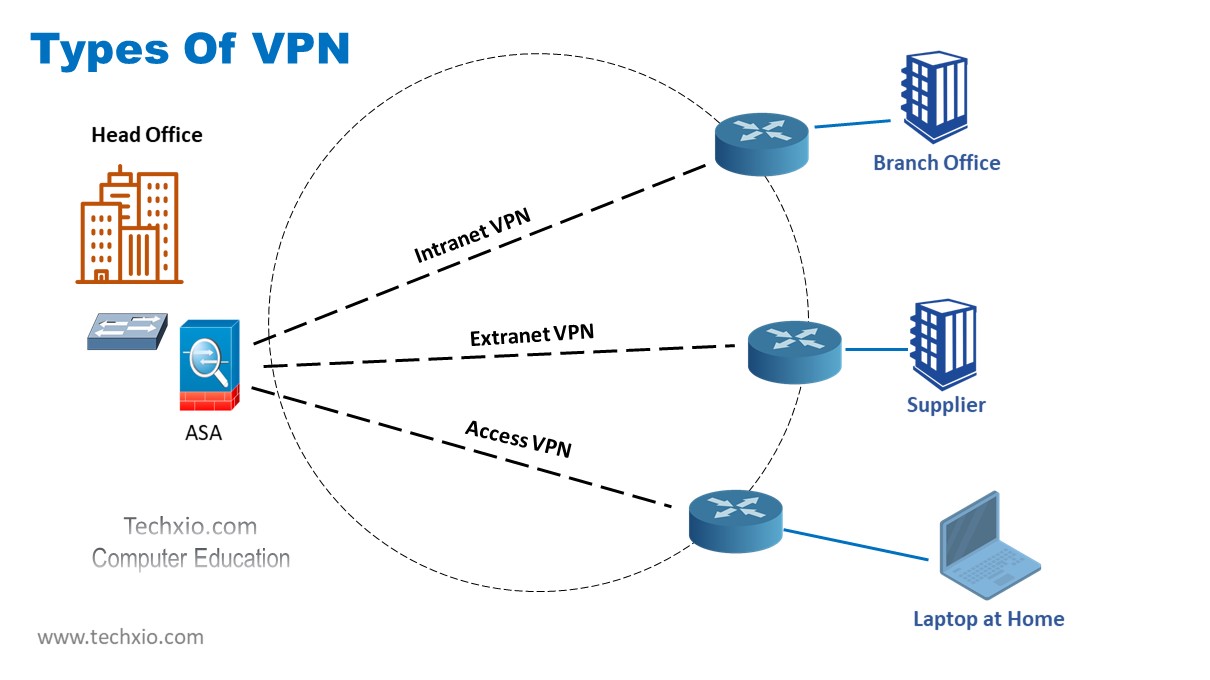
Direct Connections: AWS Direct Connect and Azure ExpressRoute
Direct connections, such as AWS Direct Connect and Azure ExpressRoute, offer a private, dedicated connection between on-premises infrastructure and cloud resources. These services bypass the public internet, improving bandwidth, reducing latency, and enhancing security.
AWS Direct Connect allows users to establish a dedicated network connection from their premises to an AWS Direct Connect location. This connection can be partitioned into multiple virtual interfaces, enabling users to access various AWS services, such as Amazon S3, Amazon EC2, and Amazon VPC, over a single connection.
Similarly, Azure ExpressRoute enables users to create private connections between on-premises infrastructure and Microsoft Azure datacenters. ExpressRoute connections do not go over the public internet, ensuring higher security, reliability, and speed. Users can choose from several connection providers, ensuring compatibility with their existing network infrastructure.
Direct connections offer several benefits, including improved performance, reduced costs, and enhanced security. By bypassing the public internet, direct connections minimize the risk of data breaches and ensure consistent, high-speed connectivity. Additionally, direct connections can reduce overall networking costs by eliminating the need for expensive, high-capacity internet connections.
However, direct connections do have some limitations. For instance, they may require significant upfront investment in equipment and infrastructure. Moreover, direct connections may not be as flexible as other network connectivity options, as they typically require long-term commitments and may not be easily scalable.
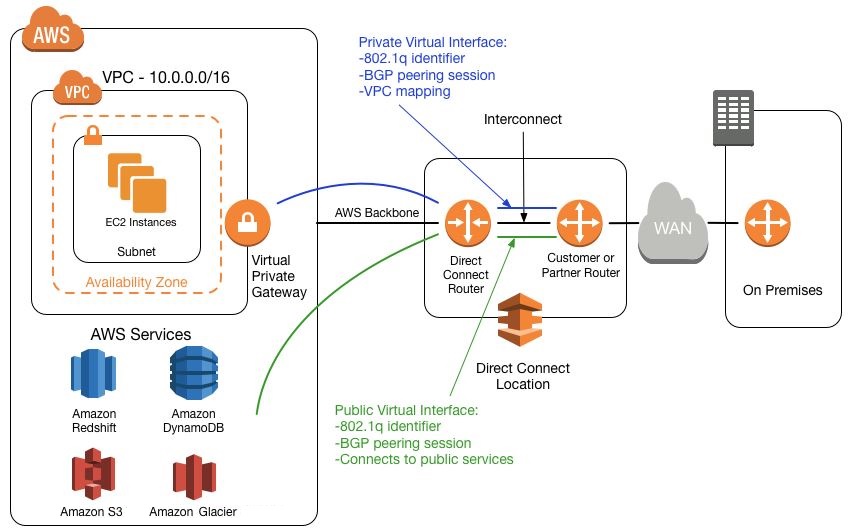
Software-Defined Wide Area Network (SD-WAN) Solutions
Software-Defined Wide Area Network (SD-WAN) solutions have emerged as a powerful tool for managing cloud network connectivity. SD-WAN simplifies network management, optimizes application performance, and enhances security across multi-cloud environments.
SD-WAN enables organizations to build a secure, virtual overlay network that spans multiple sites and cloud resources. By abstracting the network control plane from the underlying physical infrastructure, SD-WAN simplifies network management and reduces the complexity associated with traditional WAN architectures.
One of the primary benefits of SD-WAN is its ability to optimize application performance. SD-WAN solutions use intelligent traffic routing algorithms to dynamically route traffic across multiple paths, including broadband internet, MPLS, and 4G/5G connections. This approach ensures that applications always use the most optimal path, resulting in improved performance, reduced latency, and increased reliability.
SD-WAN solutions also enhance security by providing robust security features, such as firewall protection, VPN connectivity, and intrusion prevention. By integrating these features directly into the SD-WAN fabric, organizations can ensure that their cloud network connectivity is secure and compliant with regulatory requirements.
Moreover, SD-WAN solutions provide centralized visibility and control over the entire network, enabling organizations to monitor network performance, detect anomalies, and troubleshoot issues in real-time. This approach reduces the mean time to resolution (MTTR) and ensures that network issues are resolved quickly, minimizing the impact on business operations.
However, SD-WAN solutions do have some limitations. For instance, they may require significant upfront investment in equipment and infrastructure. Additionally, SD-WAN solutions may not be as mature as other network connectivity options, and organizations may need to work with vendors to address specific use cases or requirements.
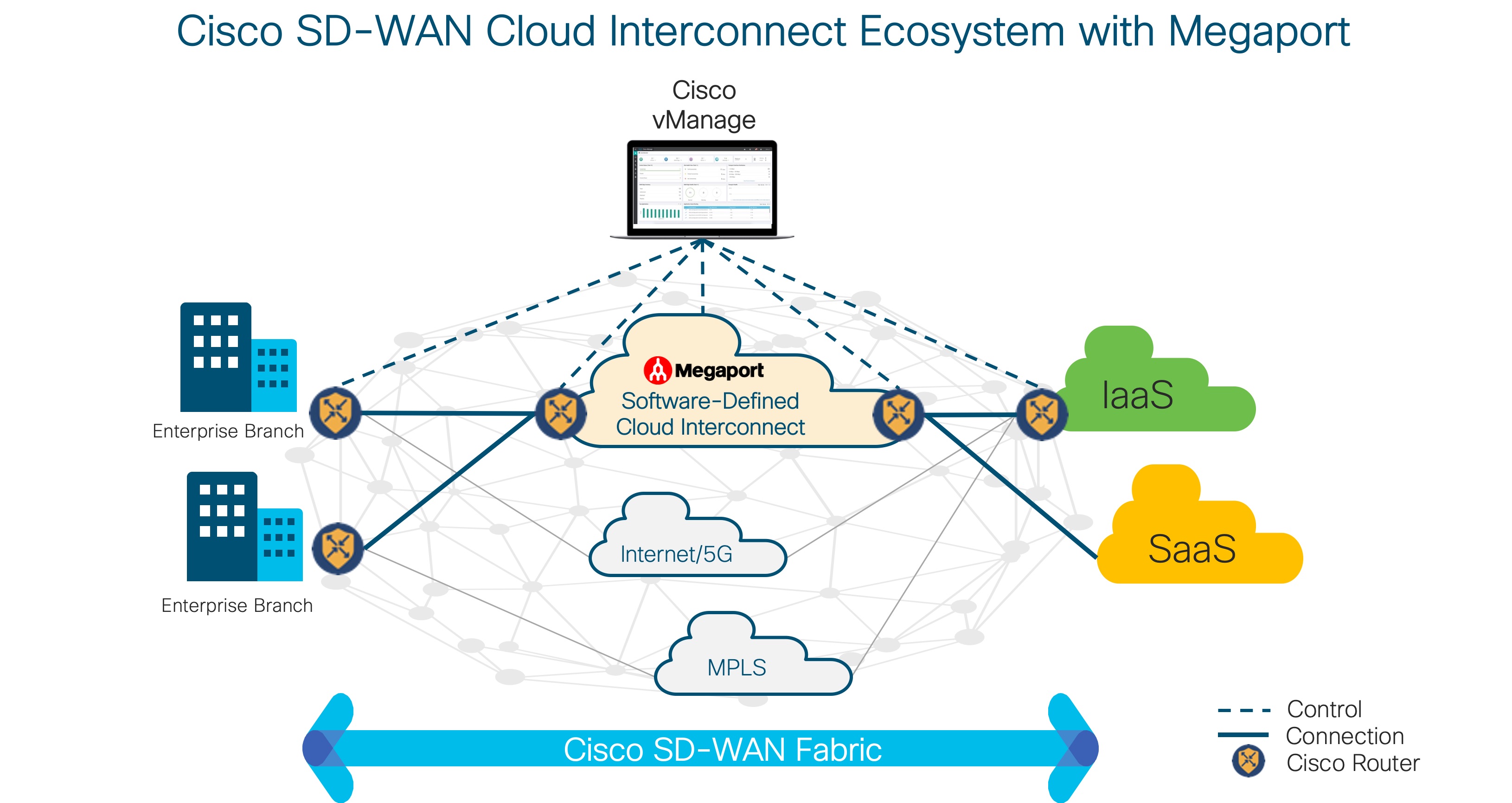
Peering and Interconnects
Peering and interconnects are essential components of cloud network connectivity, enabling direct connections between cloud providers and other networks. These connections can significantly improve performance, reduce costs, and enhance security.
Peering is a process that allows two networks to connect and exchange traffic directly, bypassing the public internet. Peering agreements can be established between cloud providers and other networks, such as content delivery networks (CDNs), internet service providers (ISPs), or enterprise networks. Peering agreements can be either public or private, depending on the level of security and control required.
Public peering is typically established at internet exchange points (IXPs), where multiple networks interconnect and exchange traffic. Public peering is usually less expensive than private peering, but it may offer lower levels of security and control. Private peering, on the other hand, is established through dedicated connections between two networks, providing higher levels of security and control.
Interconnects are similar to peering, but they typically involve a commercial agreement between two networks. Interconnects can provide higher bandwidth, lower latency, and improved reliability compared to peering. Interconnects can also offer additional features, such as Quality of Service (QoS) guarantees, traffic shaping, and load balancing.
Both peering and interconnects can offer significant benefits for cloud network connectivity. By establishing direct connections between networks, organizations can bypass the public internet, reducing latency, improving performance, and enhancing security. Peering and interconnects can also reduce costs by avoiding the need to route traffic through expensive public internet connections.
However, peering and interconnects can also have some limitations. For instance, they may require significant upfront investment in equipment and infrastructure. Additionally, peering and interconnects may not be available in all locations, and organizations may need to work with multiple providers to establish connections in different regions.
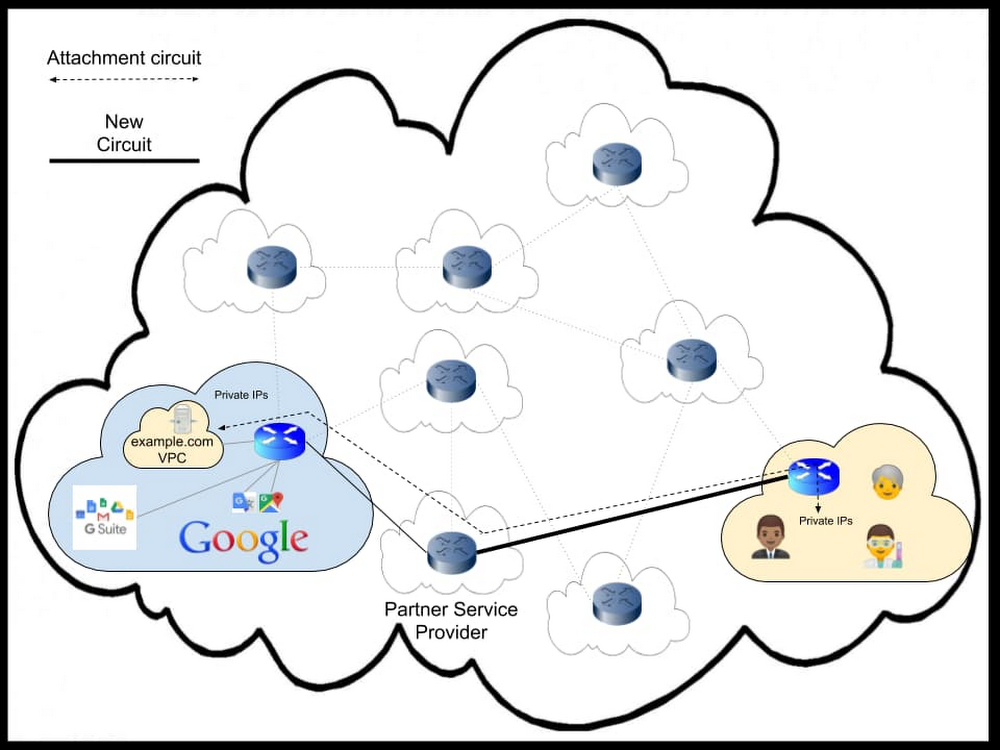
How to Choose the Right Network Connectivity Option for Cloud Deployments
Selecting the most suitable network connectivity option for cloud deployments is crucial for ensuring seamless communication between cloud resources and on-premises infrastructure. With various network connectivity options available, it is essential to consider factors such as budget, performance requirements, security, and ease of implementation.
Virtual Private Network (VPN) connections are a popular choice for many organizations due to their cost-effectiveness and ease of implementation. VPNs can securely connect on-premises networks to cloud resources, providing a secure tunnel for data transmission. However, VPNs may not be suitable for organizations with high-bandwidth requirements or those that need to transfer large amounts of data, as they can be limited by the available bandwidth and may experience higher latency.
Direct connections, such as AWS Direct Connect and Azure ExpressRoute, provide a private, dedicated connection to cloud resources, improving bandwidth and reducing latency. These services are ideal for organizations with high-bandwidth requirements or those that need to transfer large amounts of data. However, direct connections may require significant upfront investment in equipment and infrastructure and may not be available in all locations.
Software-Defined Wide Area Network (SD-WAN) solutions simplify network management, optimize application performance, and enhance security across multi-cloud environments. SD-WAN solutions can automatically route traffic across multiple connections, providing optimal performance and reliability. However, SD-WAN solutions may require significant investment in equipment and infrastructure and may have a steeper learning curve compared to other network connectivity options.
Peering and interconnects establish direct connections between cloud providers and other networks, improving performance, reducing costs, and enhancing security. Peering and interconnects can bypass the public internet, reducing latency and improving performance. However, peering and interconnects may require significant upfront investment in equipment and infrastructure and may not be available in all locations.
When selecting a network connectivity option for cloud deployments, it is essential to consider the organization’s budget, performance requirements, security, and ease of implementation. For organizations with low-bandwidth requirements and a limited budget, VPN connections may be the most suitable option. However, for organizations with high-bandwidth requirements or those that need to transfer large amounts of data, direct connections or SD-WAN solutions may be more appropriate.
Regardless of the chosen network connectivity option, it is essential to implement best practices for implementing and managing cloud network connectivity. Regular monitoring, testing, and adherence to security protocols can ensure optimal performance and security. Additionally, organizations should consider emerging trends in cloud network connectivity, such as 5G, edge computing, and network slicing, and how they can impact cloud deployments and influence future network connectivity options.

Best Practices for Implementing and Managing Cloud Network Connectivity
Implementing and managing cloud network connectivity is crucial for ensuring seamless communication between cloud resources and on-premises infrastructure. To ensure optimal performance and security, it is essential to follow best practices for implementing and managing cloud network connectivity. Here are some best practices to consider:
- Monitoring: Regularly monitor network performance and traffic to identify any issues or anomalies. This can help ensure that the network is running smoothly and that there are no potential security threats.
- Regular Testing: Regularly test the network connectivity to ensure that it is working correctly. This can help identify any potential issues before they become major problems and ensure that the network is secure.
- Adhering to Security Protocols: Adhere to security protocols such as firewalls, access controls, and encryption to ensure that the network is secure. This can help prevent unauthorized access and protect sensitive data.
- Redundancy and Failover: Implement redundancy and failover mechanisms to ensure that the network remains available in case of failures or outages. This can help ensure that the network is always available and that there is no disruption to communication between cloud resources and on-premises infrastructure.
- Scalability: Implement scalable network connectivity options that can grow with the organization’s needs. This can help ensure that the network can handle increasing traffic and data requirements as the organization grows.
By following these best practices, organizations can ensure that their cloud network connectivity is optimized for performance and security. It is essential to regularly review and update these best practices to ensure that they remain relevant and effective in the face of changing technology and security threats.
When implementing and managing cloud network connectivity, it is essential to consider factors such as budget, performance requirements, security, and ease of implementation. By carefully evaluating these factors and selecting the most suitable network connectivity option, organizations can ensure that their cloud deployments are secure, reliable, and performant.

Emerging Trends in Cloud Network Connectivity
As cloud computing continues to evolve, so do the network connectivity options for cloud deployments. New trends are emerging that have the potential to significantly impact cloud deployments and influence future network connectivity options. Here are some of the most significant emerging trends in cloud network connectivity:
5G
5G is the fifth generation of wireless technology, and it promises to bring faster speeds, lower latency, and greater capacity than previous generations. This makes it an ideal technology for cloud network connectivity, particularly for applications that require real-time communication, such as autonomous vehicles and remote surgery. As 5G networks become more widespread, we can expect to see more cloud deployments leveraging this technology for network connectivity.
Edge Computing
Edge computing involves moving computing resources closer to the edge of the network, near the source of data generation. This can help reduce latency, improve performance, and reduce the amount of data that needs to be transmitted over the network. In the context of cloud network connectivity, edge computing can help improve the performance of cloud-based applications and services, particularly for use cases that require real-time communication or low latency. As edge computing continues to gain traction, we can expect to see more cloud deployments incorporating edge computing into their network connectivity strategies.
Network Slicing
Network slicing involves dividing a physical network into multiple virtual networks, each with its own set of resources and policies. This can help improve network efficiency, reduce costs, and enhance security. In the context of cloud network connectivity, network slicing can help cloud providers offer more tailored services to their customers, with dedicated resources and policies for specific applications or use cases. As network slicing technology continues to mature, we can expect to see more cloud providers offering this capability as part of their network connectivity options.
Conclusion
Cloud network connectivity is a critical component of any cloud deployment, and as cloud computing continues to evolve, so do the network connectivity options available. By staying up-to-date with emerging trends in cloud network connectivity, organizations can ensure that their cloud deployments are optimized for performance, security, and cost-effectiveness. Whether it’s leveraging 5G for faster speeds, implementing edge computing for real-time communication, or using network slicing for tailored services, there are many exciting developments on the horizon for cloud network connectivity.

